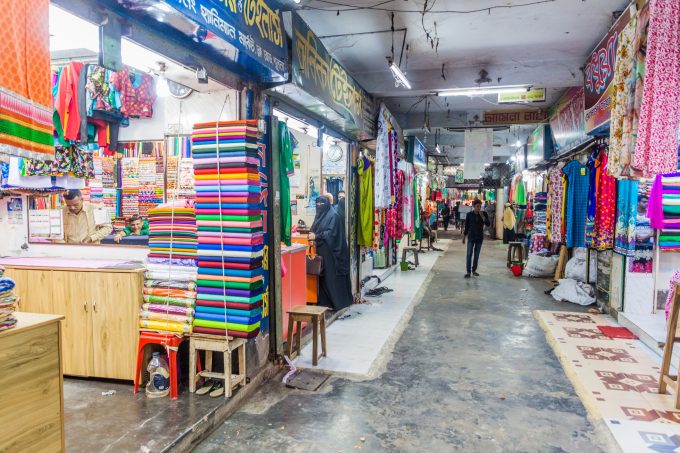Bangladesh air rates double as Dhaka Airport struggles to handle cargo
Air freight rates from Bangladesh have almost doubled in the past month, with rates to ...

Bangladeshi apparel makers have demanded that the National Board of Revenue (NBR) prevents the shift of import containers to private off-docks which can triple delivery costs.
In a letter to Chittagong Customs, the Bangladesh Garment Manufacturers and Exporters Association (BGMEA) says delivery costs for a 40ft container from the port is $700, while from off-docks it costs $2,250, and for a 20ft box the costs are nearly $500 and $1,500, respectively.
These costs are not “bearable” to the manufacturers, says the BGMEA.
In addition, ...
Keep our news independent, by supporting The Loadstar
Volume surge and an early peak season? 'Don't celebrate too soon,' warning
Container spot rates diverge: to Europe still falling, but firmer to the US
Ecommerce likely the front-runner in resurge of transpacific trade after deal
Hapag-Lloyd won't take bookings if port congestion leaves cargo stranded
China-US trade tariff pause could drive a rebound for transpacific rates
Shippers should check out the 'small print' in China-US tariff cuts
Service chaos from trade ban with India a problem for Pakistan shippers
Carriers impose 'emergency operation' surcharges on Pakistan cargo
Airfreight rates ex-China 'loss-making', but hopes of a trade deal stay high
Serious threat to jobs in US logistics as tariffs cause economic 'stagflation'
15% rebate for box ships as Suez Canal Authority woos carriers
White House u-turns see freighters flying but keep logistics players on their toes
MSC in terminal switch as Nhava Sheva gets strong start to new fiscal year
Peak season or recession? Forwarders and shippers need to 'stay flexible'
Volga-Dnepr claims 'pirate' Canada has 'hijacked' its stranded aircraft

Comment on this article